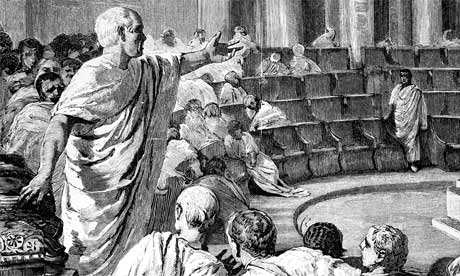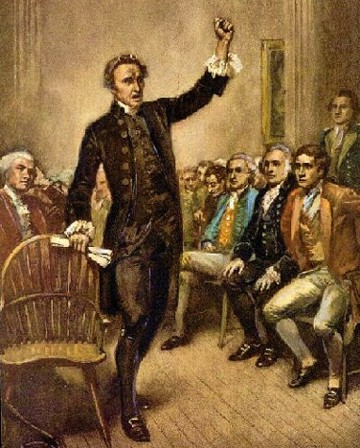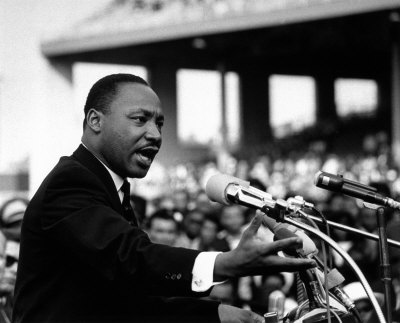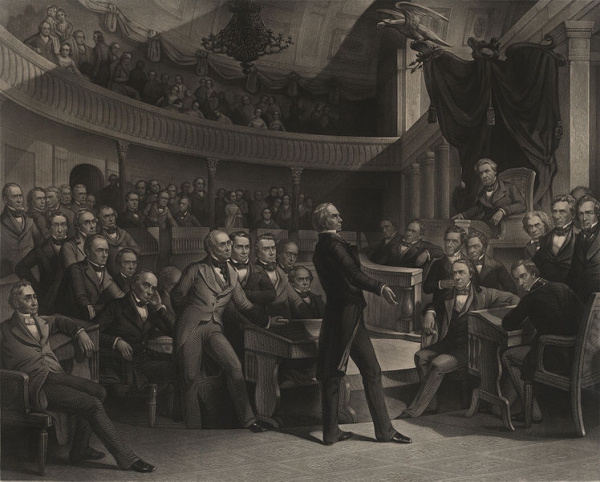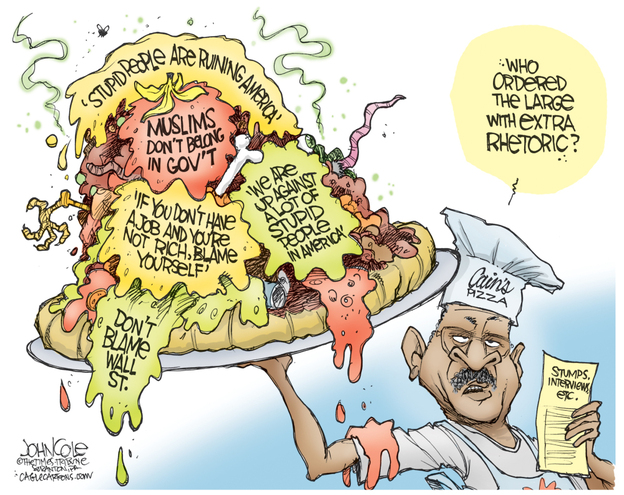Via PetaPixel comes this post linking to a short documentary by Ruben Salvadori on the techniques commonly used by photographers in framing, staging, and otherwise embellishing conflict photography. Those readers interested in visual rhetoric, citizen journalism, rhetorical ethics, and related topics will likely find this video a useful critique:
Here’s a fascinating video in which Italian photographer Ruben Salvadori demonstrates how dishonest many conflict photographs are. Salvadori spent a significant amount of time in East Jerusalem, studying the role photojournalists play in what the world sees. By turning his camera on the photographers themselves, he shows how photojournalists often influence the events they’re supposed to document objectively, and how photographers are often pushed to seek and create drama even in situations that lack it.
Photojournalism Behind the Scenes [ITA-ENG subs] from Ruben Salvadori on Vimeo.

